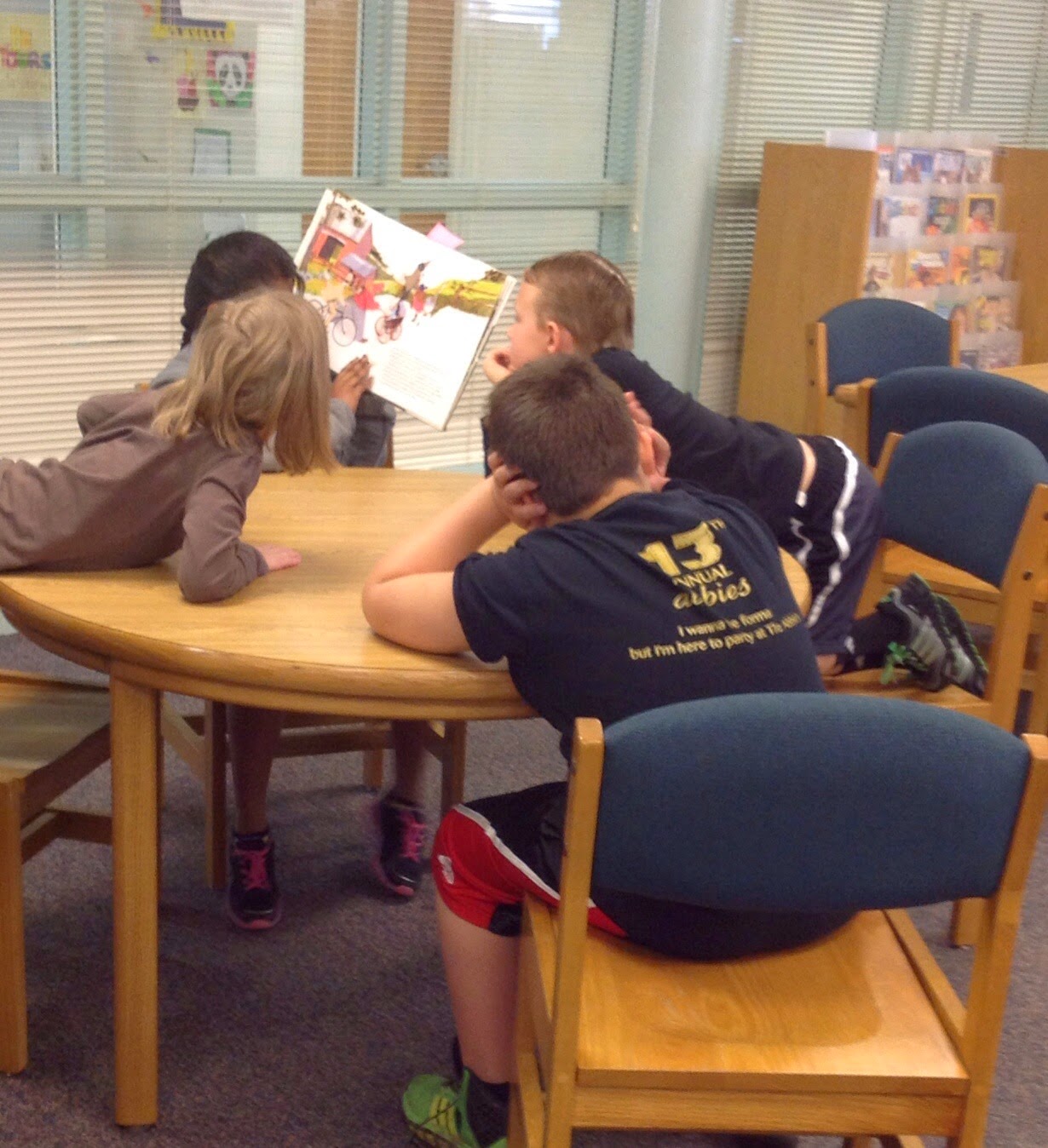"Don't allow outside forces to compromise your classroom environment, building culture, or faith in yourself. Good teaching trumps all... teach well and let the tests take care of themselves. Be true to your passion and true to your students." Dr. John MarschhausenThis was a timely email, perhaps a result of a growing anxiousness about testing that seemed to be starting to build in buildings and even in social media. We have been fortunate in the last few years to have leaders working to stay connected using email, blogging platforms, Google, VoiceThread, and social media, among other digital tools. As a teacher in a large district, I appreciate the time leaders take to stay connected.
It didn't seem uncommon, years ago, to sit in a meeting and hear about a new initiative that seemed to just come from nowhere. It was hard to process it all. All of a sudden there would be something new we were doing, and as a teacher you worked to catch up to it. It didn't seem uncommon to talk to teachers in one building who had different information than we had in another building. Leaders made a good effort to keep everyone informed, but information shared in meetings and through people will arrive in different ways and at different times. It feels different now with leaders staying connected; messages are more consistent.
Not only are messages more consistent, but it is easy to see the unfolding of ideas across time. Many of our technology, curriculum, and administrative leaders have started to share and collaborate using Twitter. I've found following these accounts and conversations has helped me to stay informed and continued to inspire me across the school year. As district leaders have thought about developing a growth mindset, blended learning, digital literacy, personalization, grading practice, assessment, and re-visioning school, they've shared interesting articles they've discovered, new steps being considered, and ways to grow the work we do with children. It is easy to see the collaboration and learning happening across the district.
In addition to supporting a journey of learning, they have helped to tell the story of the work we do. They've shared the work of committees and the conversations in community meetings. They've shared the stories of the many things happening throughout our district. It's much easier to see the connectedness of our learning environments.
Finally, it would be easy in any district to get caught up in our own work and lose sight of envisioning new possibilities. Connected leaders continue to grow in their own thinking as they have conversations and follow the thinking of colleagues around the globe. Many have grown their personal learning networks and started to participate in larger conversations that push their thinking. There's something exciting about being in a community where learning, sharing, and risk-taking are becoming common. Connected leaders make a difference.
















